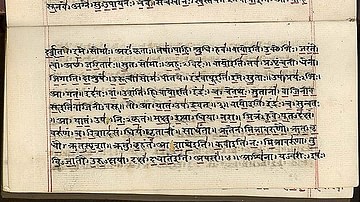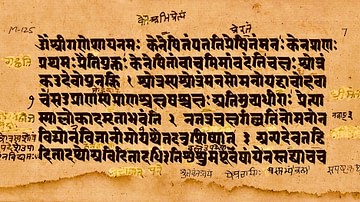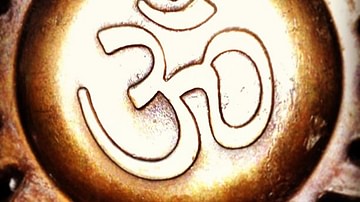Video
About the Author
Cite This Work
APA Style
Macquire, K. (2021, September 05). Introduction to the Vedas: the Religious Texts from Ancient India. World History Encyclopedia. Retrieved from https://www.worldhistory.org/video/2647/introduction-to-the-vedas-the-religious-texts-from/
Chicago Style
Macquire, Kelly. "Introduction to the Vedas: the Religious Texts from Ancient India." World History Encyclopedia. Last modified September 05, 2021. https://www.worldhistory.org/video/2647/introduction-to-the-vedas-the-religious-texts-from/.
MLA Style
Macquire, Kelly. "Introduction to the Vedas: the Religious Texts from Ancient India." World History Encyclopedia. World History Encyclopedia, 05 Sep 2021, https://www.worldhistory.org/video/2647/introduction-to-the-vedas-the-religious-texts-from/. Web. 28 Apr 2025.







